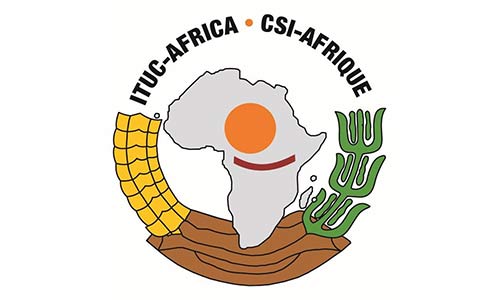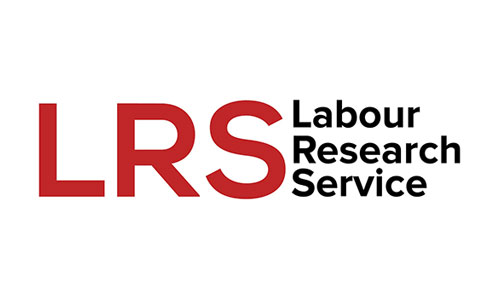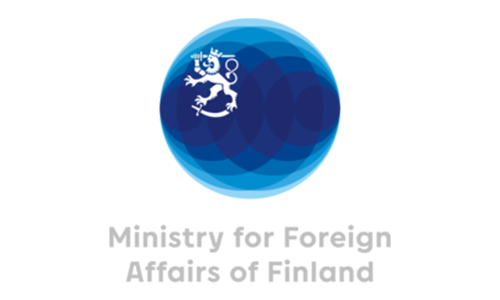A recent communication from the African Continental Free Trade Area (AfCFTA) Secretariat to the African Union (AU) Member States says that in order to facilitate the Guided Trade Initiative (GTI) they must “domesticate” the AfCFTA E-tariff book, the AfCFTA Certificate of Origin and adopt the Rules of Origin Manual. This communication neatly explains what the AfCFTA actually is. It is important to note what the relevant governments are not requested to do; nothing about a single market is mentioned. The reason is obvious; the AfCFTA is a Free Trade Area (FTA), not a Customs Union (CU).
First a brief explanation of the GTI and where it fits into the AfCFTA scheme of things. While preferential trade under the AfCFTA can only truly begin once difficult negotiations on tariff concessions and rules of origins are finalised, a ‘pilot phase’ of the AfCFTA was launched in October 2022 in the form of the GTI. The AfCFTA Agreement does not mention the GTI. It has its own legal basis, which is a decision of the AfCFTA Council of Ministers. Once the AfCFTA is fully up and running, the GTI will become redundant.
The primary aim of the GTI is to test the operational, institutional, legal and trade policy environment under the AfCFTA. Eight State Parties are presently participating: Cameroon, Egypt, Ghana, Kenya, Mauritius, Rwanda, Tanzania, and Tunisia. Others, who have had their Provisional Schedules of Tariff Concessions verified, may join. At least 96 products are eligible for trade among participating countries including ceramic tiles, batteries, horticulture products and flowers, avocados, palm oil, tea, rubber, and components for air conditioners. The initiative will be expanded to include more products and participants. A Guided Trade Initiative for trade in services is to be launched soon.
The AfCFTA establishes a preferential trade arrangement in the form of a Free Trade Area (FTA). According to Article XXIV of the General Agreement on Tariffs and Trade (GATT) an FTA:
shall be understood to mean a group of two or more customs territories in which the duties and other restrictive regulations of commerce… are eliminated on substantially all the trade between the constituent territories in products originating in such territories.
Rules of origin are essential for the functioning of an FTA because only the goods originating in a State Party are entitled to the agreed tariff preferences.
In a Custom Union there are no rules of origin; it has a single customs territory. According to Article XXIV of the GATT a Customs Union:
shall be understood to mean the substitution of a single customs territory for two or more customs territories, so that duties and other restrictive regulations of commerce… are eliminated with respect to substantially all the trade between the constituent territories of the union or at least with respect to substantially all the trade in products originating in such territories, and… substantially the same duties and other regulations of commerce are applied by each of the members of the union to the trade of territories not included in the union.
The differences between a Customs Union and a Free Trade Area are important. They are about the extent of the integration among the State Parties and the nature of the associated obligations. In an FTA the individual State Parties enjoy the benefits of preferential trade in goods complying with specific rules of origin. These goods must originate from the other Parties to the FTA in question.
FTA Parties retain policy space over trade with third parties and how to use the import tariff to implement domestic policies on matters such as industrialisation. In a CU this type of unilateral action is not possible; the common external tariff of an CU requires collective decision-making about tariff changes by the member states and joint negotiations when concluding trade in goods agreements with third parties.
States cannot belong to more than one CU at the same time, but they can belong to more than one FTA. Overlapping membership is not without complications. Duplication and compliance with different standards and separate rules of origin are costly. Overlapping membership configurations are widespread among the Regional Economic Communities (RECs). There will be additional overlapping membership implications by adding the AfCFTA, which is a continent-wide FTA, and because of parallel membership between the AfCFTA and the Regional Economic Communities (RECs). The AfCFTA will allow for preferential trade in goods among those State Parties that presently do not belong to the same FTA. As long as the AfCFTA is not operational, these African countries trade with each other under the Most Favoured Nation (MFN) rates of the World Trade Organisation (WTO).
The scope of the obligations associated with membership of an FTA and a CU is to be noted. In both the tariffs on substantially all trade in goods must be removed, and substantially all “other restrictive regulations of commerce” must be eliminated. This latter requirement deals with Non-Tariff Barriers (NTBs). Better trade governance (in respect of trade facilitation, improving customs administration, and removing non-tariff barriers) is probably Africa’s biggest challenge as far as economic integration and liberalising trade in goods are concerned. The success of the AfCFTA will, to a considerable extent, be measured in terms of how it will advance better trade facilitation governance.
New preferential trade deals among the AfCFTA State Parties are possible. Article 4(3) of the AfCFTA Protocol on Trade in Goods reads:
Nothing in this Protocol shall prevent two or more State Parties from extending to one another preferences which aim at achieving the objectives of this Protocol among themselves, provided that such preferences are extended to the other State Parties on a reciprocal basis.
The AfCFTA also wants to liberalise trade in services among the State Parties, in accordance with the AfCFTA Protocol on Trade in Services.
By way of conclusion: The obligations of the AfCFTA State Parties are to:
progressively eliminate tariffs and non-tariff barriers, progressively liberalise trade in services, cooperate on investment, intellectual property rights and competition policy, cooperate on all trade-related areas, cooperate on customs matters and the implementation of trade facilitation measures. (Art 4 AfCFTA Agreement.)
This will happen by implementing the obligations in the different AfCFTA Protocols and their Annexes, which is the responsibility of the State Parties. This process will start once all outstanding matters on the negotiating table have been agreed.
Essential resource
A Guide to the AfCFTA Protocol on Trade in Goods
TRALAC
The Trade Law Centre NPC (TRALAC ) builds trade-related capacity in Africa; assisting countries to improve trade governance and inclusive policy processes to ensure that trade contributes to sustainable development outcomes.




